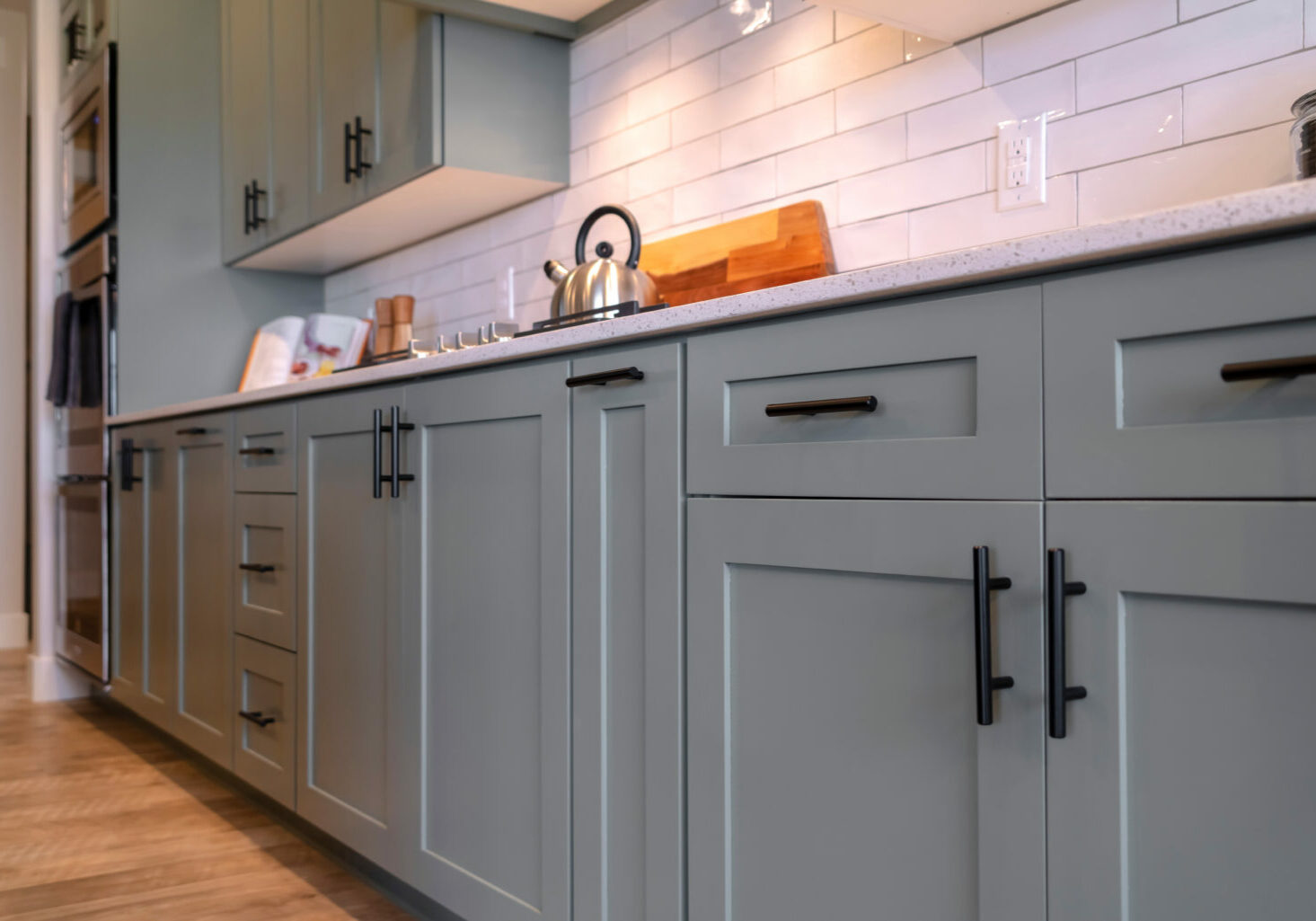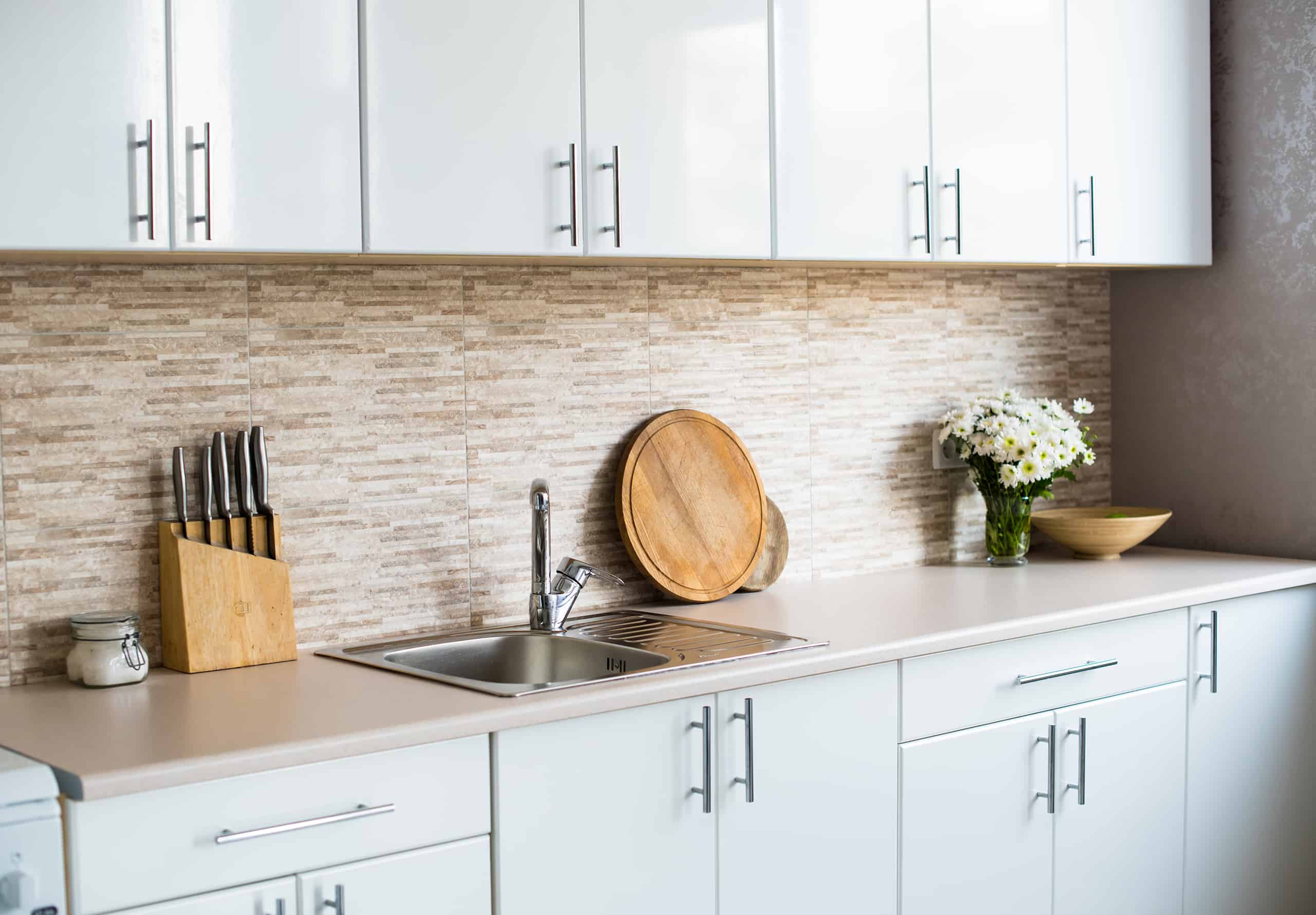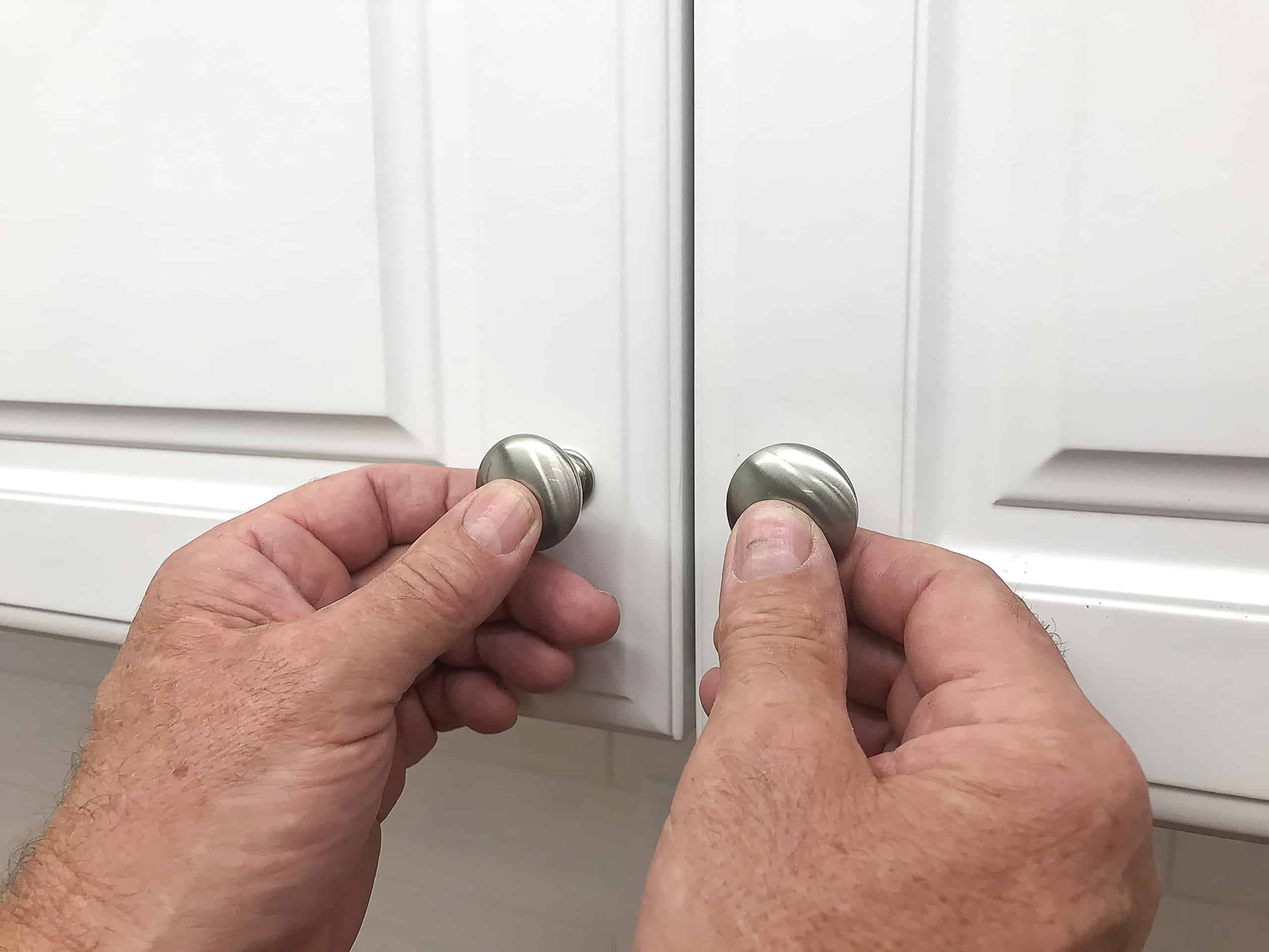Cabinet Handle Styles and Designs

Cabinet handles are more than just functional components; they are design elements that can significantly impact the overall aesthetic of a kitchen or bathroom. The evolution of cabinet handle styles reflects changing tastes and trends in interior design, showcasing a fascinating journey through time.
Evolution of Cabinet Handle Styles
Cabinet handle styles have evolved over centuries, reflecting changing tastes and technological advancements. From simple, functional designs to intricate and decorative styles, cabinet handles have played a significant role in shaping the look and feel of interiors.
- Early Styles: Early cabinet handles were often simple and functional, made from materials like iron, wood, or bone. They were primarily designed for practicality, with little emphasis on aesthetics. Examples include basic knobs, latches, and pull handles.
- Victorian Era: During the Victorian era, cabinet handles became more ornate and decorative, featuring intricate designs and elaborate materials. Popular styles included ornate knobs with floral motifs, intricate pulls with detailed carvings, and decorative latches with intricate patterns.
- Mid-Century Modern: The mid-century modern movement emphasized clean lines, simple forms, and functionality. Cabinet handles reflected this aesthetic, featuring minimalist designs, geometric shapes, and materials like chrome, brass, and wood.
- Contemporary Styles: Contemporary cabinet handle styles are diverse, ranging from minimalist and sleek to bold and statement-making. Popular materials include stainless steel, brushed nickel, matte black, and ceramic.
Cabinet Handle Materials
Cabinet handles are available in a wide range of materials, each with its unique characteristics and aesthetic appeal.
- Metal: Metal handles are durable, versatile, and available in various finishes, including chrome, brass, nickel, and stainless steel. They are a popular choice for contemporary and modern kitchens and bathrooms.
- Wood: Wood handles offer a warm, natural look that complements traditional and rustic interiors. They can be stained or painted to match the surrounding cabinetry.
- Ceramic: Ceramic handles are often used for a decorative touch, adding a touch of elegance and sophistication to cabinets. They are available in various colors and patterns.
- Glass: Glass handles can add a modern and sophisticated touch to cabinets. They are often available in clear or tinted glass, with some featuring intricate designs or patterns.
Comparison of Handle Types, Pictures of cabinets with handles
Cabinet handles are available in various types, each with its own advantages and disadvantages.
| Handle Type | Pros | Cons |
|---|---|---|
| Knobs | Easy to grip, compact, versatile | Limited leverage, may not be suitable for large cabinets |
| Pulls | Provide good leverage, available in various styles | Can be bulky, may require more space |
| Bar Handles | Sleek and modern, provide ample leverage | Can be challenging to clean, may not be suitable for all styles |
Innovative Cabinet Handle Design
An innovative cabinet handle design could incorporate a built-in sensor that automatically opens the cabinet door when a hand approaches. This feature would be particularly useful for people with mobility limitations or those who prefer a hands-free experience. The sensor could be integrated into the handle itself or placed discreetly near the cabinet door.
Cabinet Handle Placement and Functionality

Cabinet handle placement is crucial for both aesthetics and functionality. The ideal placement ensures ease of access, comfortable grip, and a cohesive design. Several factors influence handle placement, including cabinet size, door configuration, and the chosen handle style.
Optimal Placement for Different Cabinet Sizes and Door Configurations
Handle placement varies depending on the size and configuration of the cabinet doors. For smaller cabinets, a single handle in the center is often sufficient. Larger cabinets may benefit from multiple handles, strategically placed for easy access and a balanced appearance. For double doors, handles are typically placed on both doors, either symmetrically or with a slight offset for visual interest. For doors with multiple panels, handles are often positioned on the center panel, providing a focal point and ensuring ease of opening.
Ergonomic Considerations in Handle Design and Placement
Ergonomic considerations play a significant role in handle design and placement. Handles should be positioned to minimize strain on the hand and wrist, ensuring comfortable and effortless use. Lever handles are particularly ergonomic, allowing for easy opening with a simple push or pull motion. The height of the handle should be within comfortable reach, typically between 30 and 36 inches from the floor, depending on the user’s height. Handles placed too high or too low can lead to discomfort and strain.
Impact of Handle Size and Shape on Accessibility and Ease of Use
Handle size and shape significantly impact accessibility and ease of use. Larger handles are generally easier to grip, especially for individuals with limited hand strength or dexterity. Small handles may be more aesthetically pleasing but can be difficult to grasp for some users. The shape of the handle also plays a role, with curved handles providing a more comfortable grip than straight handles. Consider the target user group and the intended use of the cabinets when choosing handle size and shape.
Functionality of Different Handle Mechanisms
Different handle mechanisms offer distinct functionalities, each with its own advantages and disadvantages. Lever handles are versatile and provide easy access with a simple push or pull motion. Push-to-open mechanisms offer a sleek, minimalist aesthetic and are particularly useful in modern kitchens where clean lines are desired. However, they require a firm push to open and may not be suitable for heavy doors or those with frequent use. Magnetic latches are often used for cabinet doors with no visible handles, providing a seamless look. They are typically used for lighter doors and may not be as secure as traditional latches.
Cabinet Handles in Interior Design: Pictures Of Cabinets With Handles

Cabinet handles are more than just functional elements; they play a significant role in shaping the overall aesthetic of a space. Their design, material, and placement can dramatically influence the visual appeal and style of your kitchen, bathroom, or any other room featuring cabinetry.
Cabinet Handles as Design Elements
Cabinet handles serve as visual accents that can complement or contrast the style of your cabinetry and the overall design aesthetic of your space. They can add a touch of elegance, a hint of rustic charm, or a modern edge, depending on the style you choose.
Complementing Design Aesthetics
- Modern: Modern cabinet handles are characterized by clean lines, minimalist designs, and often feature materials like brushed nickel, stainless steel, or black matte finishes. They are typically sleek and geometric, adding a contemporary touch to the space. For example, a kitchen with sleek, white cabinets might feature bar pulls in brushed nickel for a minimalist and modern look.
- Traditional: Traditional cabinet handles often feature ornate designs, classic materials like brass or bronze, and a more elaborate aesthetic. They can add a touch of sophistication and elegance to a space. For instance, a kitchen with traditional wood cabinets might incorporate cup pulls in polished brass for a timeless and elegant feel.
- Rustic: Rustic cabinet handles often incorporate natural materials like wood, leather, or iron with a distressed or aged finish. They can add a touch of warmth and character to a space. For example, a kitchen with reclaimed wood cabinets might feature iron pulls with a distressed finish for a rustic and farmhouse aesthetic.
- Minimalist: Minimalist cabinet handles are designed to blend seamlessly with the cabinetry, often featuring simple, geometric shapes and a subtle finish. They are ideal for creating a clean and uncluttered look. For instance, a kitchen with sleek, white cabinets might feature minimalist bar pulls in a brushed nickel finish for a streamlined and modern aesthetic.
Pictures of cabinets with handles – The visual appeal of cabinets with handles is often enhanced by their historical context. A prime example is the antique French country cabinet , with its intricate carvings and often ornate hardware. These cabinets, frequently featuring hand-forged iron handles, offer a glimpse into a bygone era and demonstrate how the design of cabinet handles can reflect both functionality and aesthetic appeal.
Pictures of cabinets with handles offer a glimpse into the evolution of design and functionality. From simple brass pulls to intricate carvings, these handles reflect the aesthetic preferences of their time. A particularly intriguing example is the antique built in ironing board cabinet , where the handle often serves as a mechanism to release the ironing board itself.
The presence of such specialized handles highlights the importance of practicality and efficiency in cabinet design, even in the realm of antique furniture.
